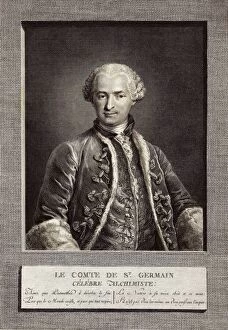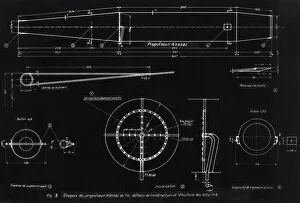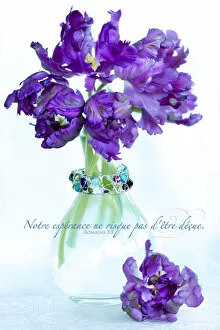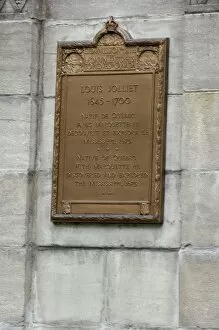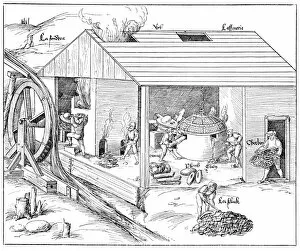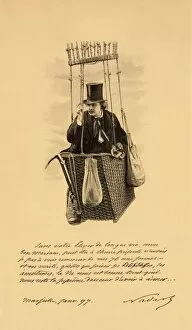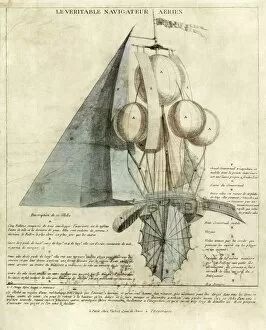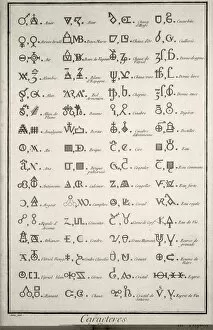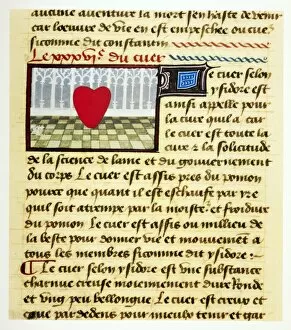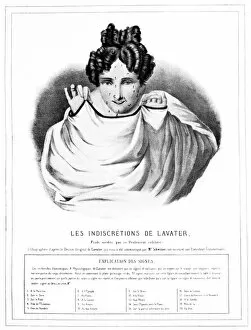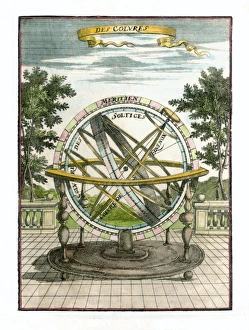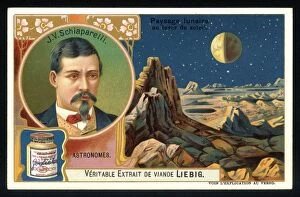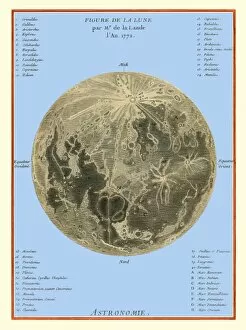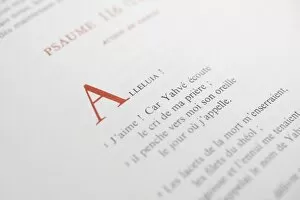French Language Collection
"Exploring the Depths of French Language: From Alchemy to History" Embark on a linguistic journey through the captivating world of the French language
All Professionally Made to Order for Quick Shipping
"Exploring the Depths of French Language: From Alchemy to History" Embark on a linguistic journey through the captivating world of the French language, where hidden tales and intriguing symbols await. Just like Count of St Germain, a mysterious figure in history who dabbled in alchemy, French is an enigmatic language that holds secrets within its words. Unveiling its historical significance, we encounter blueprints from German WWII - not only for ramjet engines but also for ramjet bombers. These artifacts remind us of the turbulent times when nations clashed and technological advancements shaped destinies. Amidst historical events, even biblical stories find their place within the realm of French language. The haunting illustration from Dore Bible depicts Egypt struck by plague, showcasing how religious texts transcend borders and languages. Turning our attention to Canadian history, we stumble upon Louis Riel and his assassins portrayed in Le Gibet de Regina. This depiction serves as a reminder of the struggles faced by indigenous peoples and their fight for justice. Delving further into esoteric knowledge, alchemical symbols from the 18th century captivate our imagination. Like Paracelsus, a Swiss alchemist who sought wisdom beyond conventional boundaries; these symbols invite us to explore deeper meanings hidden beneath everyday life. Yet amidst all this complexity lies simplicity too - tulips arranged delicately in a vase with Romans 5:5 written in French script. This fusion reminds us that beauty can be found even amidst chaos or uncertainty. The Siege of Paris witnessed balloons soaring above as means of communication during desperate times - an ingenious solution born out of necessity. Such resilience echoes throughout France's rich history. Shifting our gaze towards North America's past, an Iroquois Nations map from centuries ago reveals cultural diversity existing long before European colonization took hold. It reminds us that languages intertwine across continents since time immemorial.

